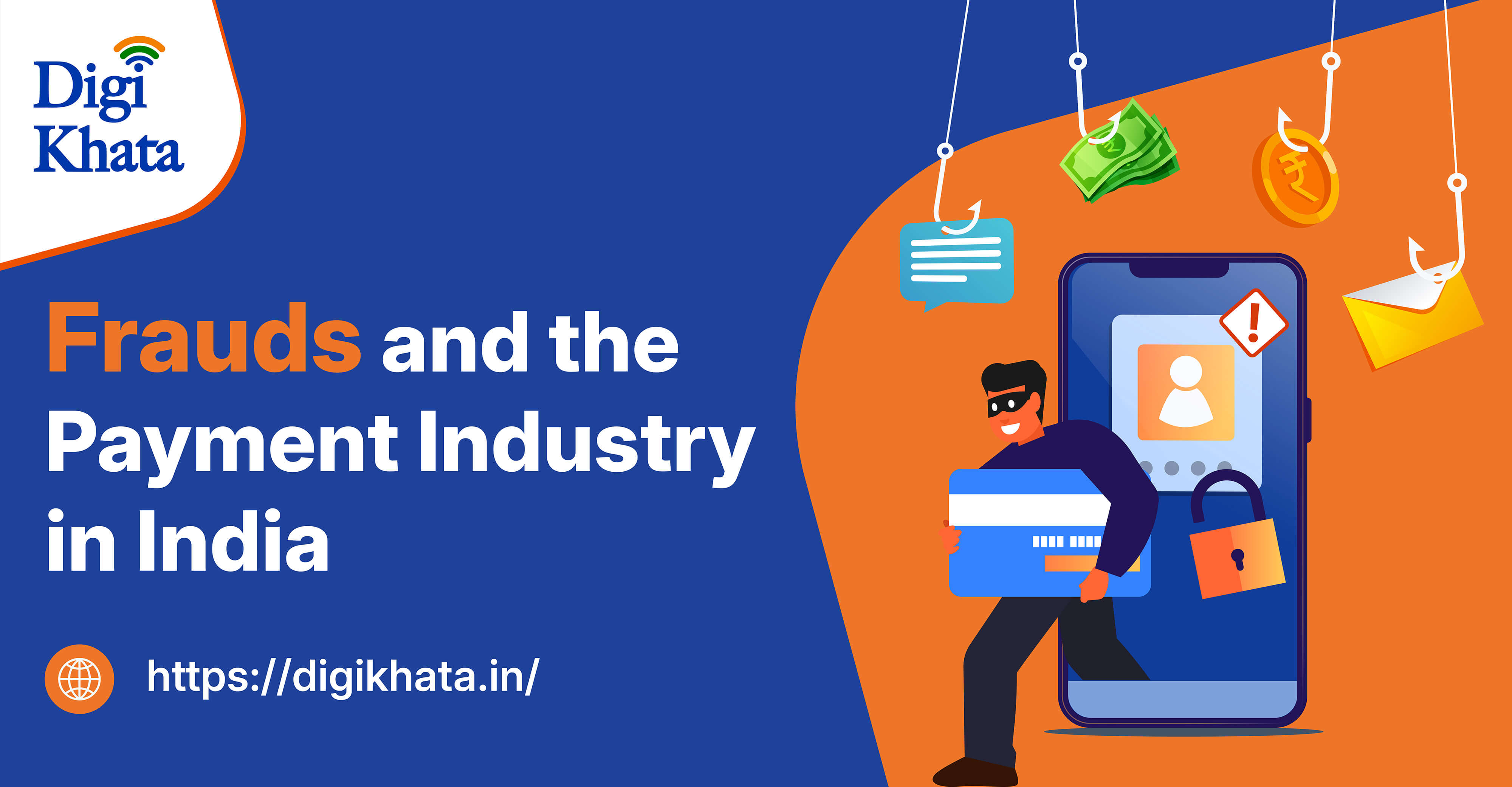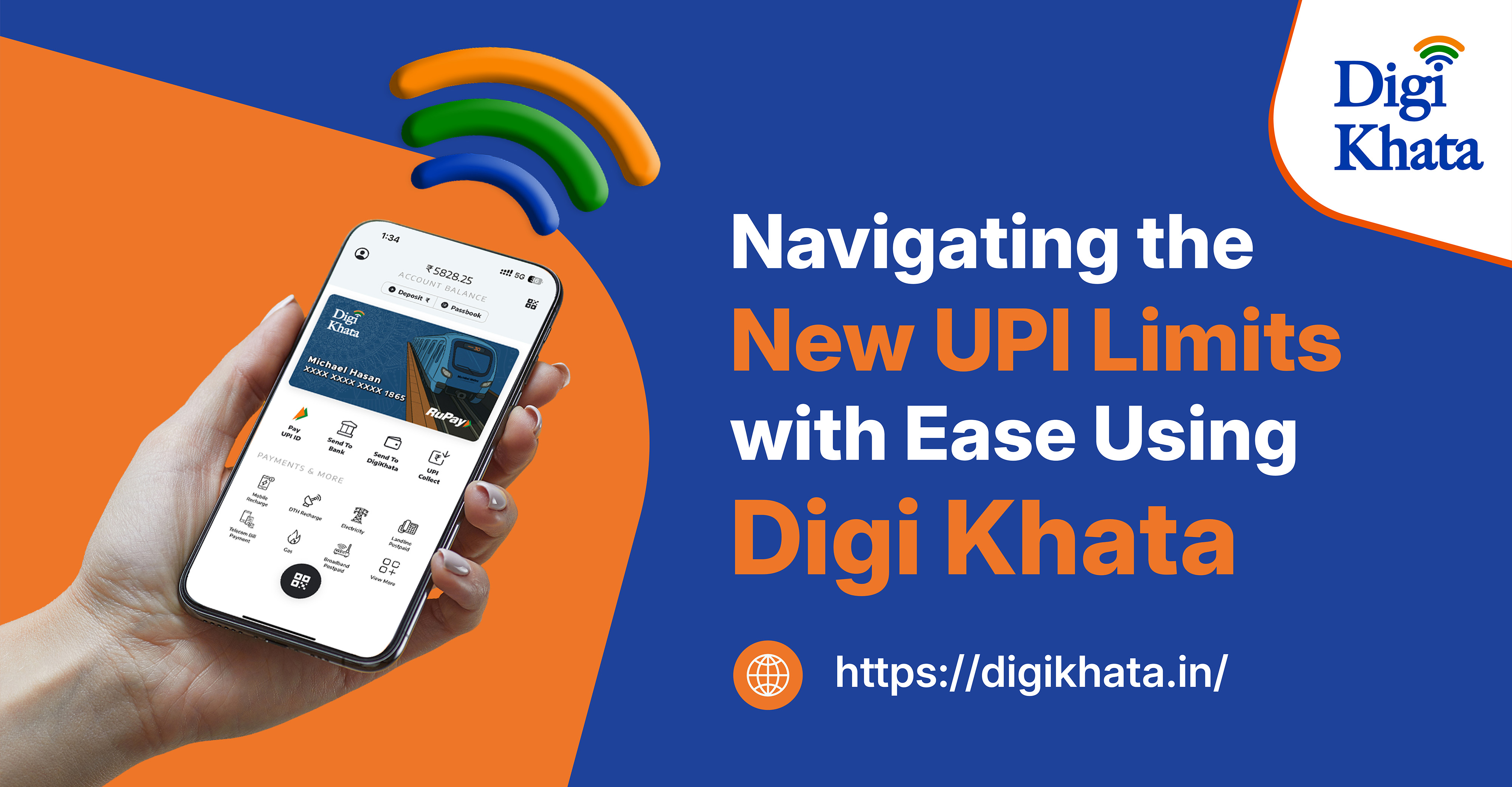Jun 07, 2023
Traditional Banking vs Digital Banking: A Comprehensive Comparison

In the ever-evolving world of finance, the competition between traditional banking and digital banking, also known as online-first banking or virtual banking, has become a focal point of discussion. Rapid technological advancements have significantly transformed the banking landscape, leading to shifts in customer preferences and banking habits. This blog aims to provide a detailed comparison between traditional banking and digital banking, highlighting their advantages, disadvantages, and key differentiators. It will also explore how traditional banks are adapting to the digital age and what the future holds for the banking industry.
Understanding Traditional Banking and Digital Banking
Traditional banking has served as the backbone of the financial industry for centuries, providing individuals and businesses with a secure and reliable means to manage their finances. However, the rapid progression of technology has introduced a new player in the financial world - digital banking, also known as "neo banking" or "online banking," offering an innovative approach to financial management.
The Evolution of Banking: From Traditional to Digital
Historically, people stored their valuables in temples or entrusted them to reliable individuals, marking the inception of banking. As societies evolved, so did the concept of banking. In the modern era, traditional banking became the norm, with physical branches and in-person interactions forming the core of financial transactions. However, the digital revolution of the late 20th century and early 21st century brought about significant changes in banking operations. The advent of the internet and smartphones paved the way for the growth of digital banking.
Advantages of Traditional Banking
Traditional banking offers several benefits that have made it a trusted choice for customers over the years. One of the most significant advantages is the presence of physical branches, allowing customers to engage in face-to-face interactions with bank employees. This can be particularly beneficial when dealing with complex financial matters or seeking personalized advice. Another advantage of traditional banking is the sense of security it provides. Customers can rest assured that their money is stored in a secure location, thanks to the physical branches and vaults.
Limitations of Traditional Banking
Despite its benefits, traditional banking has its drawbacks. One of the major challenges is accessibility. Customers need to visit physical branches during business hours to carry out banking transactions, which can be time-consuming and inconvenient, especially for those with busy schedules or living in remote areas. Another issue is the slow processing time for certain transactions. Traditional banks often take a considerable amount of time to approve loans and mortgages, delaying customers' access to the funds they need.
Advantages of Digital Banking
Neobanking, another term for digital banking, offers numerous benefits that cater to the needs and preferences of modern consumers. One of the primary advantages of digital banking is its ease of use. With digital banking, users can access their accounts and carry out transactions anytime, anywhere using their computers or smartphones. This eliminates the need to visit physical branches, saving customers time and effort. Another advantage is the speed of transactions. Digital banks can process transactions faster than traditional banks due to their automated processes and real-time information access.
Limitations of Digital Banking
Despite its numerous advantages, digital banking also has its limitations. One of the main challenges is the lack of physical branches, which prevents in-person interactions. While this may not be an issue for tech-savvy individuals, some customers may prefer to discuss complex financial matters face-to-face with a bank representative. Another potential drawback is the risk of cyberattacks. Given their heavy reliance on technology and internet connectivity, digital banks are vulnerable to hacking threats.
Key Differences Between Traditional Banking and Digital Banking
There are several key differences between traditional banking and digital banking. One of the most significant differences lies in the accessibility of services. While traditional banking requires customers to visit a branch in person, digital banking allows customers to access their accounts and perform transactions from anywhere. The customer experience also differs between the two. Traditional banking involves face-to-face, personalized interactions, while digital banking offers a more organized, user-friendly online experience.
The Shift from Traditional to Digital Banking
In recent years, there has been a noticeable shift from traditional banking to digital banking. Several factors contribute to this change. Firstly, increased access to digital banking has been facilitated by the widespread availability of computers and internet connectivity. People are now more comfortable performing tasks such as banking on their smartphones. Digital banking also appeals to customers due to its convenience and speed.
How Traditional Banks are Adapting to the Digital Era
Recognizing the need to evolve in order to remain relevant and competitive in the digital age, many traditional banks have invested heavily in developing digital banking systems that allow customers to conduct their banking online. Additionally, traditional banks have formed partnerships with fintech companies to enhance their digital services.
The Future of Banking: The Rise of Digital Banking
Without a doubt, digital banking represents the future of banking. As technology continues to improve and consumer preferences evolve, online banking is set to become an integral part of our daily lives. The advancement of AI, machine learning, and big data analytics will further empower digital banks, enabling them to offer personalized and data-driven financial solutions.
The Importance of Customer Experience in Digital Banking
In the era of online banking, customer experience has become a key differentiator. With a plethora of digital banking options available, customers seek seamless and personalized experiences. Digital banks are investing in user-friendly platforms, intuitive mobile apps, and responsive customer service to enhance the overall customer experience.
Choosing Your Digital Banking Partner: A Crucial Decision
In today's world, transitioning from traditional banking to digital banking is inevitable. Both traditional and digital banking have their advantages and disadvantages, and the best option for an individual depends on their preferences and needs. Digi Khata, with its user-friendly platform and innovative digital solutions, is designed to meet the needs of modern customers. Join the digital banking revolution with Digi Khata and experience the future of banking today!
Digi Khata: Your Reliable Partner in Digital Banking
Join the future of banking with Digi Khata and unlock the potential of innovative digital solutions tailored to your financial needs.
In the dynamic world of digital banking, having a dependable partner who comprehends your needs is paramount. Digi Khata, with its innovative digital solutions, aims to make banking more accessible, faster, and easier for everyone. Whether you're a small business owner seeking a simplified way to manage your finances or an individual looking for a convenient way to monitor your expenses, Digi Khata equips you with the right tools to help you achieve your financial goals. Digi Khata is synonymous with the future of banking. Join us today and experience the convenience and efficiency of digital banking!
 Sep 16, 2025
Sep 16, 2025
 Aug 28, 2025
Aug 28, 2025
 Dec 25, 2024
Dec 25, 2024

